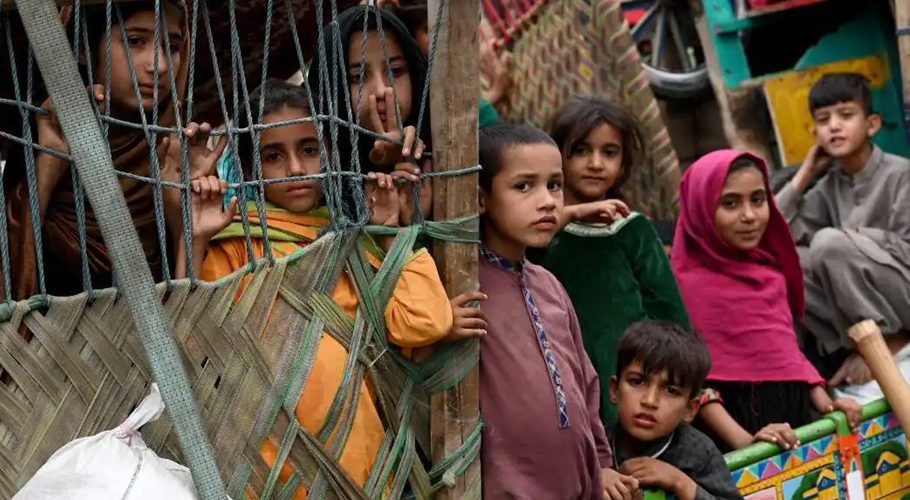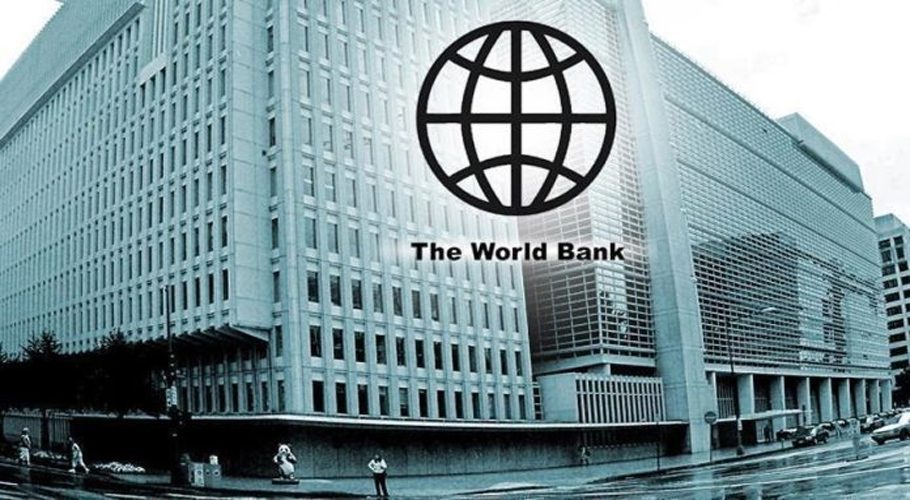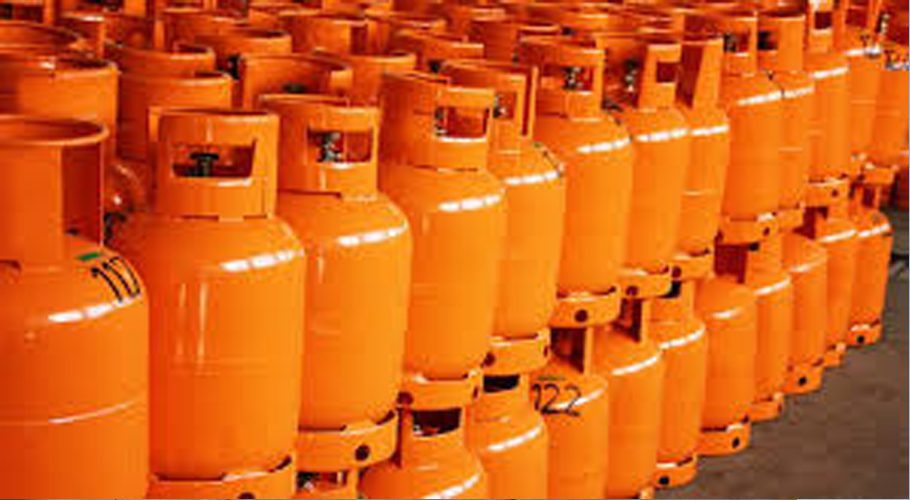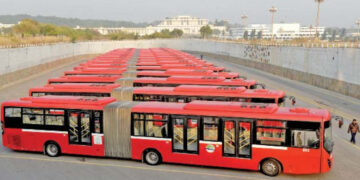![]() Follow Us on Google News
Follow Us on Google News
Pakistan’s Sensitive Price Indicator (SPI), a short-term inflation gauge, spiked to a record 46.8% in April as the country has been grappling with a severe balance of payments crisis and months of economic unrest at the time when negotiations with the IMF to secure $1.1 billion loan as part of $6.5 billion bailout agreed upon in 2019 have so far been fruitless.
Pakistan’s foreign exchange reserves have fallen to cover barely four weeks of imports. A monthly economic outlook report issued by the finance ministry on Saturday projected inflation would remain elevated.
The Ministry of Finance admitted that despite the contractionary monetary policy of the State Bank of Pakistan (SBP), inflationary expectations are not settling down.
This surge is fueled by an increase in domestic petroleum product prices and a jump in the prices of clothing during the month of Ramadan. It is expected that the food index alone will jump 5% MoM.
Inflation, the general increase in the prices of goods and services over time, reduces the purchasing power of money and erodes the value of savings. Inflation is one of the most serious economic challenges facing Pakistan today, as it has reached record levels in recent months.
According to the Pakistan Bureau of Statistics, the inflation rate hit an all-time high of 38 percent in April from 35.4% in March of 2023. It was the highest reading since December of 1973, as cost grew further for beverages & tobacco, food, clothing & footwear, housing & utilities, furnishings, transport, recreation & culture and restaurants & hotels.
The Pakistani rupee has lost more than 40% of its value against the US dollar since July 2022 due to a widening current account deficit, falling foreign exchange reserves, and political unrest. This exchange rate depreciation is one of the main causes of the country’s record inflation. The depreciation has made imports more expensive and exports less competitive, leading to higher inflation and lower growth.
The government and the central bank have taken some steps to curb inflation and stabilize the economy. The government has increased taxes and energy prices to meet the International Monetary Fund’s conditions for the revival of a $6.5 billion bailout program. The central bank has increased its benchmark interest rate by 100 basis points to 21% in April 2023 to tighten monetary policy and anchor inflation expectations. However, these measures may not be enough to bring inflation under control and restore confidence in the economy.
Pakistan needs to address its structural problems, such as low tax revenue, high public debt, poor governance, weak institutions, and low human capital. Pakistan also has to bolster its social safety nets, attract international investment, improve its trade balance, and diversify its economy. Only then can Pakistan achieve low and stable inflation together with sustained growth and development.




























